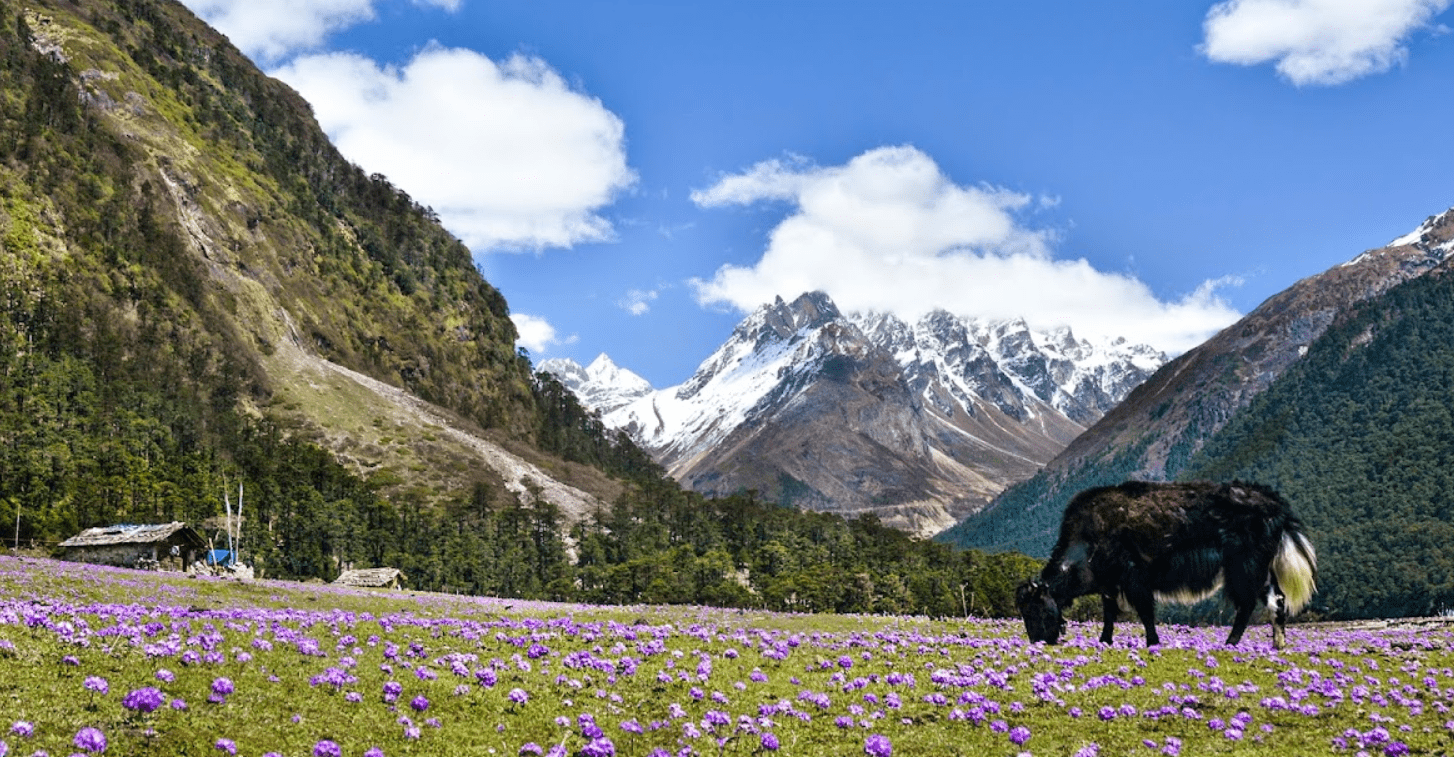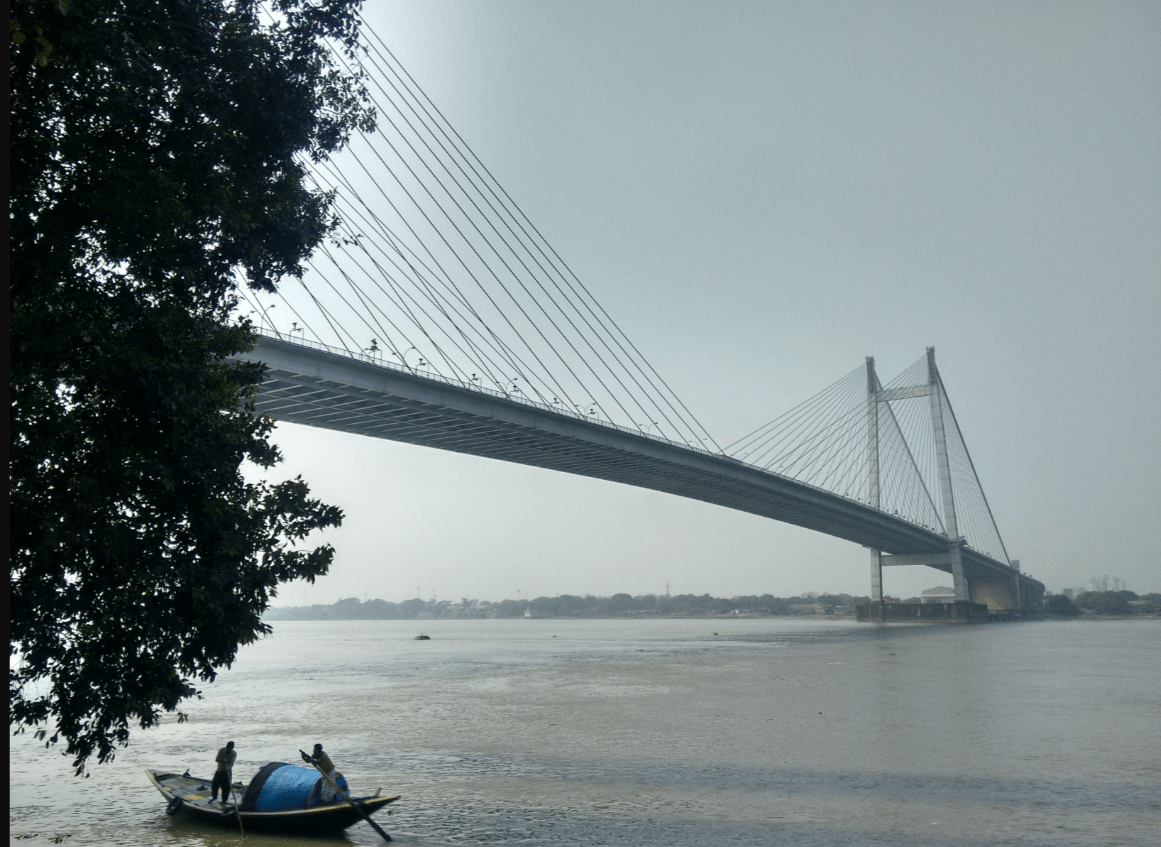India is a vast and diverse country, offering a wide range of experiences for travelers throughout the year. The best time to visit India largely depends on the region you plan to explore and the type of experience you are seeking. Generally, India can be divided into four main seasons: winter, spring, monsoon, and summer. Each season has its own unique charm and offers different opportunities for travelers.
In the winter months, from November to February, the weather in most parts of India is cool and pleasant, making it an ideal time to explore popular tourist destinations such as Delhi, Agra, Jaipur, and Rajasthan. Spring, from March to May, brings warmer temperatures and blooming flowers, making it a great time to visit the hill stations in the northern part of the country. The monsoon season, from June to September, brings heavy rainfall and lush green landscapes, offering a unique experience for travelers who enjoy the beauty of nature. Finally, the summer months, from April to June, can be hot and humid in most parts of the country, but it is also a great time to explore the mountainous regions in the north and enjoy various summer festivals and cultural events.
Key Takeaways
- The best time to visit India is during the winter months (November to February) when the weather is cool and pleasant.
- Winter is perfect for exploring popular tourist destinations such as Rajasthan, Kerala, and Goa, and for attending festivals like Diwali and Holi.
- Spring in India (March to May) offers beautiful blooming flowers, pleasant weather, and vibrant festivals like Holi.
- Monsoon season (June to September) brings heavy rainfall and lush green landscapes, making it a unique time to experience India’s natural beauty.
- Summer in India (April to June) can be hot and humid, but it’s a great time to visit hill stations and enjoy summer festivals like the Mango Festival in Delhi.
- Autumn (October to November) is a great time to visit India, with cooler temperatures and the celebration of festivals like Dussehra and Diwali.
Exploring India in the Winter Months
The winter months in India, from November to February, are considered the peak tourist season due to the pleasant weather and clear skies. This is the perfect time to explore popular tourist destinations such as Delhi, Agra, Jaipur, and Rajasthan. The cool and dry weather makes it ideal for sightseeing and outdoor activities. In Delhi, you can visit iconic landmarks such as the Red Fort, India Gate, and Qutub Minar, as well as explore the bustling markets and enjoy delicious street food. Agra is home to the world-famous Taj Mahal, which looks even more stunning against the backdrop of clear blue skies. Jaipur, the capital of Rajasthan, is known for its magnificent palaces, forts, and vibrant bazaars. The winter months are also a great time to explore the Thar Desert and enjoy camel safaris and camping under the stars.
In addition to the popular tourist destinations, the winter months are also a great time to explore the hill stations in the northern part of India. Shimla, Manali, and Nainital are popular hill stations that offer breathtaking views of snow-capped mountains, lush green valleys, and serene lakes. These destinations are perfect for nature lovers and adventure enthusiasts who can indulge in activities such as trekking, skiing, paragliding, and river rafting. The winter months also coincide with various cultural festivals and events such as the Pushkar Camel Fair in Rajasthan and the Rann Utsav in Gujarat, offering a unique opportunity to experience the vibrant culture and traditions of India.
Embracing the Beauty of India in the Spring
Spring in India, from March to May, brings warmer temperatures and blooming flowers, making it a great time to visit the hill stations in the northern part of the country. The picturesque landscapes come alive with vibrant colors, making it an ideal time for nature walks, photography, and outdoor picnics. The hill stations such as Shimla, Manali, and Nainital offer a peaceful retreat from the hustle and bustle of city life, allowing travelers to relax and rejuvenate amidst the natural beauty. These destinations are also popular for adventure activities such as trekking, camping, and paragliding.
In addition to the hill stations, spring is also a great time to explore the cultural heritage of India. The state of Rajasthan is known for its majestic palaces, forts, and vibrant festivals. The city of Jaipur comes alive with the celebration of Holi, the festival of colors, where locals and tourists come together to play with colored powders and water guns. The festival signifies the victory of good over evil and marks the arrival of spring. It is a joyous occasion filled with music, dance, and delicious traditional sweets. Spring is also a great time to visit the iconic Taj Mahal in Agra, as the gardens surrounding the monument are in full bloom, creating a mesmerizing backdrop for photography and sightseeing.
Experiencing India’s Monsoon Season
| Month | Rainfall (mm) | Average Temperature (°C) |
|---|---|---|
| June | 166 | 30 |
| July | 293 | 29 |
| August | 261 | 28 |
| September | 173 | 28 |
The monsoon season in India, from June to September, brings heavy rainfall and lush green landscapes, offering a unique experience for travelers who enjoy the beauty of nature. While some travelers may be deterred by the rain, the monsoon season has its own charm and offers a different perspective of India. The rain rejuvenates the parched land and fills the rivers and waterfalls, creating a refreshing ambiance that is perfect for nature lovers. The western coast of India, particularly Kerala and Goa, experiences heavy rainfall during this time, turning the region into a lush paradise with verdant landscapes and cascading waterfalls.
The monsoon season is also a great time to explore India’s national parks and wildlife sanctuaries. The rain brings out the vibrant colors of flora and fauna, making it an ideal time for wildlife enthusiasts and birdwatchers. The forests come alive with the sounds of chirping birds and rustling leaves, offering a serene environment for nature walks and safaris. The monsoon season is also a great time to experience Ayurvedic treatments and wellness retreats in Kerala, where the healing properties of Ayurveda are enhanced by the rejuvenating effects of the monsoon rains.
Enjoying the Vibrancy of India in the Summer
The summer months in India, from April to June, can be hot and humid in most parts of the country. However, it is also a great time to explore the mountainous regions in the north and enjoy various summer festivals and cultural events. The hill stations such as Shimla, Manali, and Darjeeling offer a cool escape from the scorching heat of the plains. These destinations are popular for their pleasant weather, scenic beauty, and adventure activities such as trekking, camping, and paragliding.
Summer is also a great time to experience various cultural festivals and events across India. The state of Rajasthan hosts several colorful festivals during this time, including the Teej festival in Jaipur and the Jaisalmer Desert Festival. These festivals showcase traditional music, dance, art, and cuisine, allowing travelers to immerse themselves in the vibrant culture of India. In addition to cultural festivals, summer is also a great time to visit Ladakh in northern India. Known for its stunning landscapes and Buddhist monasteries, Ladakh offers a unique blend of natural beauty and spiritual tranquility that is best experienced during the summer months.
Discovering India’s Autumn Splendor

Autumn in India, from October to November, marks the transition from the monsoon season to cooler temperatures and clear skies. This is a great time to explore popular tourist destinations such as Delhi, Agra, Jaipur, and Rajasthan before the onset of winter. The weather is pleasant with mild temperatures and lower humidity levels, making it ideal for sightseeing and outdoor activities. This is also a great time to witness various cultural festivals and events across India.
The autumn months coincide with several important festivals such as Diwali, the festival of lights. Diwali is celebrated with great enthusiasm across India with colorful decorations, traditional sweets, fireworks, and cultural performances. It is a joyous occasion that signifies the victory of light over darkness and good over evil. Travelers can immerse themselves in the festive spirit by participating in local celebrations and witnessing the dazzling display of lights and fireworks. Autumn is also a great time to explore the natural beauty of India’s national parks and wildlife sanctuaries before the onset of winter. The forests are teeming with wildlife as animals prepare for the upcoming winter months, offering excellent opportunities for wildlife sightings and nature photography.
Planning Your Trip to India: Tips for Each Season
When planning your trip to India, it is important to consider the best time to visit based on your interests and preferences. If you enjoy cooler temperatures and clear skies for sightseeing and outdoor activities, then winter (November to February) is an ideal time to visit popular tourist destinations such as Delhi, Agra, Jaipur, Rajasthan, and hill stations in northern India. Spring (March to May) is perfect for exploring hill stations amidst blooming flowers and vibrant landscapes or experiencing cultural festivals such as Holi in Rajasthan.
For nature lovers who appreciate lush green landscapes and rejuvenating rains, monsoon season (June to September) offers a unique experience in regions such as Kerala and Goa. Summer (April to June) is best suited for exploring mountainous regions in northern India or experiencing cultural festivals across Rajasthan. Autumn (October to November) provides pleasant weather for exploring popular tourist destinations before winter sets in or witnessing important festivals such as Diwali.
Regardless of when you choose to visit India, it is important to pack appropriate clothing based on the weather conditions of each season. It is also advisable to check for any travel advisories or restrictions before planning your trip. Lastly, be open-minded and flexible in your travel plans as unexpected weather conditions or cultural events may enhance your overall experience in this diverse and enchanting country.
FAQs
What is the best time to visit India?
The best time to visit India is during the winter months, from November to March, when the weather is cooler and more pleasant.
What is the weather like in India during the winter months?
During the winter months, India experiences dry and cool weather, making it an ideal time for sightseeing and outdoor activities.
Are there any specific events or festivals to consider when planning a trip to India?
Yes, there are several festivals and events that take place during the winter months in India, including Diwali, the Festival of Lights, and Holi, the festival of colors.
What are the popular tourist destinations to visit in India during the winter months?
Popular tourist destinations to visit in India during the winter months include the Golden Triangle (Delhi, Agra, Jaipur), Rajasthan, Kerala, Goa, and the Himalayan region.
Are there any regions in India to avoid during the winter months?
Some regions in northern India, such as the Himalayan region, experience heavy snowfall during the winter months, which may make travel difficult. It is advisable to check the weather conditions before planning a trip to these areas.



